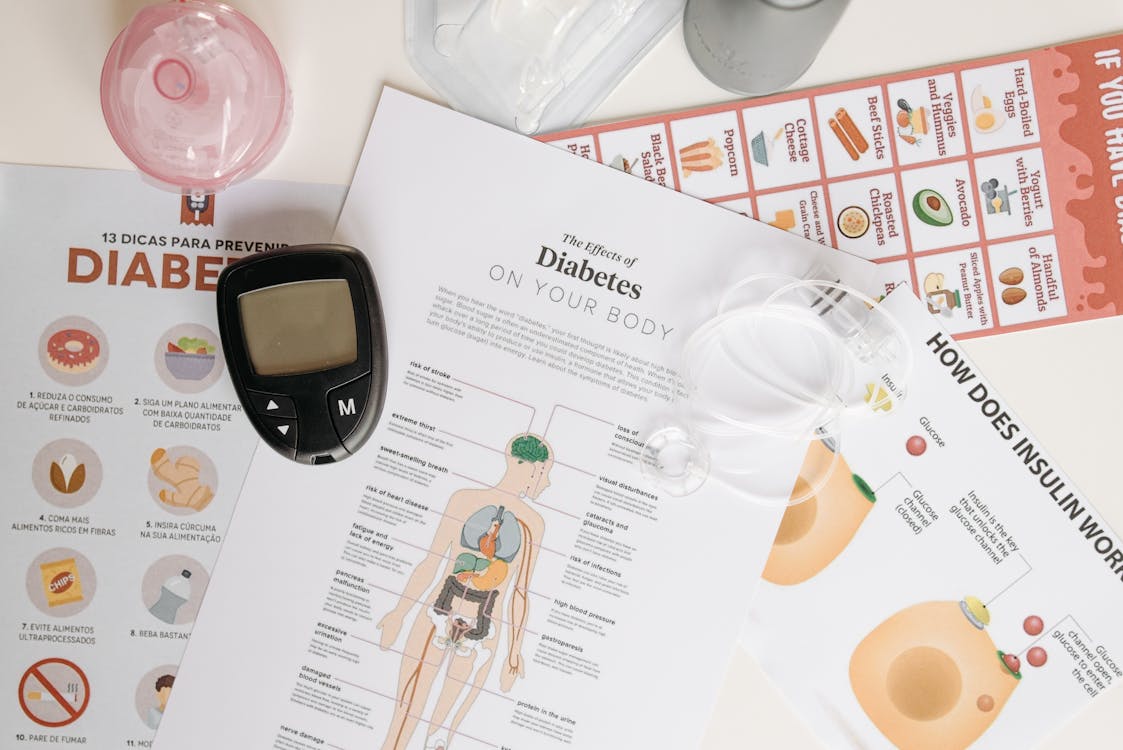Chirata, scientifically known as Swertia chirata, is a bitter-tasting herb native to the Himalayan region and other parts of Asia. With a long history of use in traditional medicine systems such as Ayurveda and folk medicine, chirata is revered for its medicinal properties, As well as people are asking us that How to use Chirata in diabetes.
However, Chirata is rich in bioactive compounds like swertiamarin and amarogentin, chirata exhibits antioxidant, anti-inflammatory, and antidiabetic properties. It is commonly used to support digestive health, regulate blood sugar levels, and promote overall well-being.
Chirata is available in various forms, including herbal supplements, teas, and herbal formulations, making it accessible for integration into daily wellness routines. While generally considered safe when used appropriately, it's advisable to use chirata under the guidance of a healthcare professional, especially for individuals with pre-existing medical conditions or those taking medications.
How to use Chirata in Diabetes?
Using chirata (Swertia chirata) in diabetes management involves incorporating this herb into your daily routine through various forms such as herbal supplements, teas, or herbal formulations. Here's how you can use chirata effectively in diabetes:
Herbal Supplements: Chirata supplements are available in the form of capsules, tablets, or tinctures. Follow the recommended dosage instructions provided on the product label or as advised by a healthcare professional. Typically, chirata supplements are taken with water or as directed, preferably with meals.
Chirata Tea: Prepare chirata tea by steeping dried chirata leaves or powder in hot water for several minutes. Strain the tea and consume it while warm. Chirata tea can be enjoyed plain or with a touch of honey or lemon for added flavor. Drink chirata tea regularly, ideally once or twice daily, to help regulate blood sugar levels.
Herbal Formulations: Chirata is often included as an ingredient in traditional herbal formulations for diabetes management. These formulations may combine chirata with other herbs such as fenugreek, bitter melon, cinnamon, or gymnema sylvestre, known for their antidiabetic properties. You can find these formulations in the form of powders, capsules, or tablets. Follow the dosage recommendations provided on the product packaging or consult with a healthcare provider for personalized guidance.
Combining with Diet and Lifestyle Changes: Along with incorporating chirata into your routine, it's essential to complement its use with healthy diet and lifestyle habits. Focus on consuming a balanced diet rich in whole foods, fruits, vegetables, lean proteins, and whole grains. Limit intake of sugary and processed foods, and monitor carbohydrate intake to help manage blood sugar levels. Regular exercise, such as brisk walking, yoga, or strength training, can also aid in diabetes management by improving insulin sensitivity and promoting overall health.
Monitoring and Adjustments: As you integrate chirata into your diabetes management plan, monitor your blood sugar levels regularly to assess its effectiveness. Keep track of any changes in your symptoms, medication requirements, or overall well-being. If necessary, consult with a healthcare provider for adjustments to your treatment regimen based on your individual response to chirata supplementation.
Precautions: While chirata is generally considered safe when used appropriately, it's essential to use it with caution and under the guidance of a healthcare professional. Some individuals may experience side effects such as gastrointestinal upset or allergic reactions. Pregnant and breastfeeding women should avoid using chirata due to potential risks.
By incorporating chirata into your diabetes management plan alongside conventional treatments and adopting healthy lifestyle habits, you can potentially improve blood sugar control and enhance your overall well-being. As always, consult with a healthcare provider before starting any new supplement regimen, especially if you have diabetes or other underlying health conditions.
Precautions and Considerations of chirata in diabetes
When considering the use of chirata (Swertia chirata) in diabetes management, several precautions and considerations should be taken into account:
Consultation with Healthcare Provider: Before incorporating chirata into your diabetes management regimen, it's crucial to consult with a qualified healthcare provider, especially if you have diabetes or other underlying health conditions. They can provide personalized guidance based on your medical history, current medications, and individual health needs.
Dosage and Administration: Follow the recommended dosage instructions provided on the product label or as advised by a healthcare professional. Avoid exceeding the recommended dosage, as excessive consumption of chirata may lead to adverse effects or toxicity.
Monitoring Blood Sugar Levels: While using chirata, monitor your blood sugar levels regularly to assess its effectiveness in diabetes management. Keep track of any changes in your symptoms, medication requirements, or overall well-being and report them to your healthcare provider.
Potential Side Effects: Some individuals may experience side effects such as gastrointestinal upset, nausea, vomiting, or allergic reactions when using chirata. If you experience any adverse reactions, discontinue use and seek medical attention promptly.
Interaction with Medications: Chirata may interact with certain medications, including blood sugar-lowering drugs, anticoagulants, and medications metabolized by the liver. Consult with a healthcare professional before using chirata if you are taking any medications to avoid potential interactions or adverse effects.
Pregnancy and Breastfeeding: Pregnant and breastfeeding women should avoid using chirata due to potential risks. Chirata may have uterine-stimulating properties and could potentially affect pregnancy outcomes or breast milk production. It's essential to discuss any potential risks with a healthcare provider before using chirata during pregnancy or lactation.
Allergic Reactions: Individuals with known allergies to plants in the Gentianaceae family, such as gentian or centaury, may also be allergic to chirata. Exercise caution and monitor for any signs of allergic reactions when using chirata, such as itching, rash, or difficulty breathing.
Liver Conditions: If you have liver conditions or impaired liver function, use chirata with caution, as it may affect liver enzymes and function. Consult with a healthcare professional before using chirata if you have liver-related concerns.
By considering these precautions and consulting with a healthcare provider, individuals can use chirata safely and effectively as part of their diabetes management plan. It's essential to prioritize safety and seek professional guidance to ensure optimal health outcomes.
Frequently asked questions
Q: What is chirata, and how does it relate to diabetes management?
A: Chirata (Swertia chirata) is a bitter-tasting herb used in traditional medicine systems like Ayurveda for its medicinal properties. It is believed to have antidiabetic effects, helping to regulate blood sugar levels and support overall health in individuals with diabetes.Q: How should chirata be used for diabetes management?
A: Chirata can be consumed in various forms, including herbal supplements, teas, or herbal formulations. It's essential to follow the recommended dosage instructions provided on the product label or as advised by a healthcare professional.Q: Can chirata be used alongside conventional diabetes medications?
A: Chirata may interact with certain medications used to manage diabetes, so it's crucial to consult with a healthcare provider before using it alongside conventional treatments. They can provide personalized guidance based on your individual health needs and medication regimen.Q: Are there any side effects associated with chirata use?
A: While generally considered safe when used appropriately, some individuals may experience side effects such as gastrointestinal upset or allergic reactions when using chirata. It's essential to monitor for any adverse reactions and seek medical attention if necessary.Q: Is chirata safe for pregnant or breastfeeding women with diabetes?
A: Pregnant and breastfeeding women should avoid using chirata due to potential risks, as it may have uterine-stimulating properties and could affect pregnancy outcomes or breast milk production. It's crucial to discuss any potential concerns with a healthcare provider.Q: Can chirata be used for type 1 diabetes or only type 2 diabetes?
A: Chirata may have benefits for individuals with both type 1 and type 2 diabetes, as it may help regulate blood sugar levels and improve overall metabolic health. However, individual responses to chirata supplementation may vary, so it's essential to monitor blood sugar levels regularly.Q: How long does it take to see results from using chirata for diabetes management?
A: The time it takes to experience the benefits of chirata may vary depending on individual factors such as the severity of diabetes, dosage, and form of administration. Some individuals may notice improvements relatively quickly, while others may require longer-term use for optimal results.Q: Can chirata be used as a standalone treatment for diabetes?
A: Chirata can be used as part of a comprehensive diabetes management plan, but it should not be considered a standalone treatment. It's essential to complement its use with healthy lifestyle habits, including diet, exercise, and regular monitoring of blood sugar levels.Q: Can chirata help with diabetic complications such as neuropathy or retinopathy?
A: While chirata may help regulate blood sugar levels, there is limited evidence to support its efficacy in managing diabetic complications such as neuropathy or retinopathy. It's essential to focus on comprehensive diabetes management strategies and consult with healthcare professionals for appropriate treatment options for diabetic complications.Q: Are there any dietary restrictions or recommendations to follow when using chirata for diabetes?
A: Chirata supplementation should be complemented with a balanced diet rich in whole foods, fruits, vegetables, lean proteins, and whole grains. Limiting intake of sugary and processed foods and monitoring carbohydrate intake can help manage blood sugar levels effectively.Q: Can chirata be used by individuals with prediabetes to prevent the development of diabetes?
A: Chirata may have potential benefits for individuals with prediabetes by helping to regulate blood sugar levels and improve insulin sensitivity. However, lifestyle modifications such as diet and exercise remain the cornerstone of prediabetes management.Q: How does chirata compare to other herbs or supplements used for diabetes management, such as bitter melon or fenugreek?
A: Chirata, bitter melon, fenugreek, and other herbs used in diabetes management may have similar antidiabetic effects. However, individual responses to these herbs may vary, and it's essential to choose the approach that works best for you in consultation with a healthcare professional.Q: Can chirata be used for gestational diabetes during pregnancy?
A: Chirata should be avoided during pregnancy, including gestational diabetes, due to potential risks. Pregnant women should consult with healthcare professionals for appropriate management strategies for gestational diabetes that prioritize maternal and fetal health.Q: Is chirata effective for managing diabetes-related symptoms such as excessive thirst or frequent urination?
A: Chirata may help regulate blood sugar levels, which can in turn alleviate symptoms such as excessive thirst or frequent urination commonly associated with uncontrolled diabetes. However, individual responses may vary, and it's essential to monitor symptoms closely and consult with healthcare professionals for appropriate management.Chirata, with its potent bioactive compounds and therapeutic properties, holds promise as a complementary approach to diabetes management. By incorporating chirata into a holistic diabetes care plan alongside conventional treatments, individuals may experience improved blood sugar control and enhanced overall well-being.
However, further research is needed to fully understand the efficacy and safety of chirata in diabetes management. As always, consulting with a healthcare provider is advised before starting any new herbal regimen, especially for individuals with diabetes or other underlying health conditions. We hope that understand that how to use chirata in diabetes.





0 Comments